Student group forms to champion mental health
The Stillwater Area High School community and mental health resources QR code taped to a classroom window. These can be found in every classroom in the building for whenever a student needs them.
While invisible, mental health is something that affects everyone. Ever since the COVID-19 pandemic, student mental health has become a more notable issue than ever before. After the stressful events of the past few years, two students, seniors Spencer Venancio and Philip Eviston have sought to make a change.
Realizing the immense need for advocacy, they worked together with staff members to increase education and awareness about mental health. Working together with English teacher Jill Rusignuolo, a list of resources was compiled and QR codes were placed around the building.
“We formed a club after knowing about this immense need for mental health,” Eviston said. “The need for change got us motivated.”
There certainly was a need for it. Over 1000 people have already used the QR codes to access resources for mental health.
“whether it is just finding your counselor’s email or it’s something more serious like contacting the wellness center. More than 1000 individuals in the building have already scanned and used it,” Eviston said.
Before this list of resources, there was very little information about mental health available to students. It has, due to the stigma around it, always been a kind of ‘taboo’ topic.
“When you’re putting these QR codes up, you’re not just putting them up and leaving them be. We really want to make sure that these are jumping-off points for conversations,” Venancio explained.
Getting people talking about mental health can help remove the stigma around it and get students to seek out the help they need.
Yeah, there is a growing sense of hopelessness and despair in adolescents today, and I think that at the end of the day, it all boils down for young and old people to feeling a sense of connection. So much of what we struggle with stems from a feeling of disconnection and isolation from each other.
— Jill Rusignuolo
Students becoming more comfortable identifying these issues in themselves, Rusignuolo said, is one of the goals they have with this initiative.
The official name of this resource is the SAHS community and mental health resources linktree. The community aspect of it contains a list of clubs as well as resources like peer helpers.
“Yeah, there is a growing sense of hopelessness and despair in adolescents today, and I think that at the end of the day, it all boils down for young and old people to feeling a sense of connection. So much of what we struggle with stems from a feeling of disconnection and isolation from each other,” English teacher Jill Rusignuolo said.
There have been challenges, though. There are 2000 students here and they all have different perspectives and needs. All of these people, besides those with the same classes and activities, are disconnected from each other. One group of students could struggle with something very different than another.
“We’re looking for change. And you know, we don’t always see it as quickly as we might want to, but we have to recognize that things at a school of 2000 students take time,” Venancio said.
There is still much more to do and everyone can contribute to trying to make a more welcoming environment for other students, but progress is being made.
“We’re all works in progress as people and our school will always be a work in progress. But I think we are definitely moving in the right direction thanks to the intentions and efforts of a lot of caring and hardworking people,” Rusignuolo said.
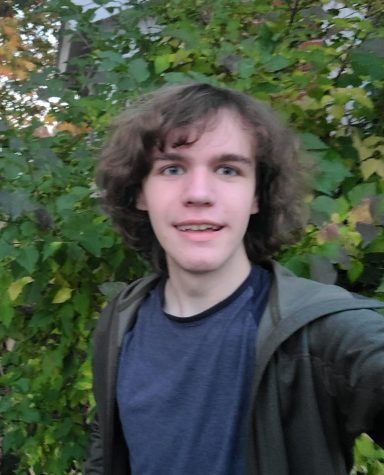
Hi, my name is Ian Parham, I'm in 11th grade and am a layout editor. I play the flute for the wind symphony at SAHS and am also learning cinematography....


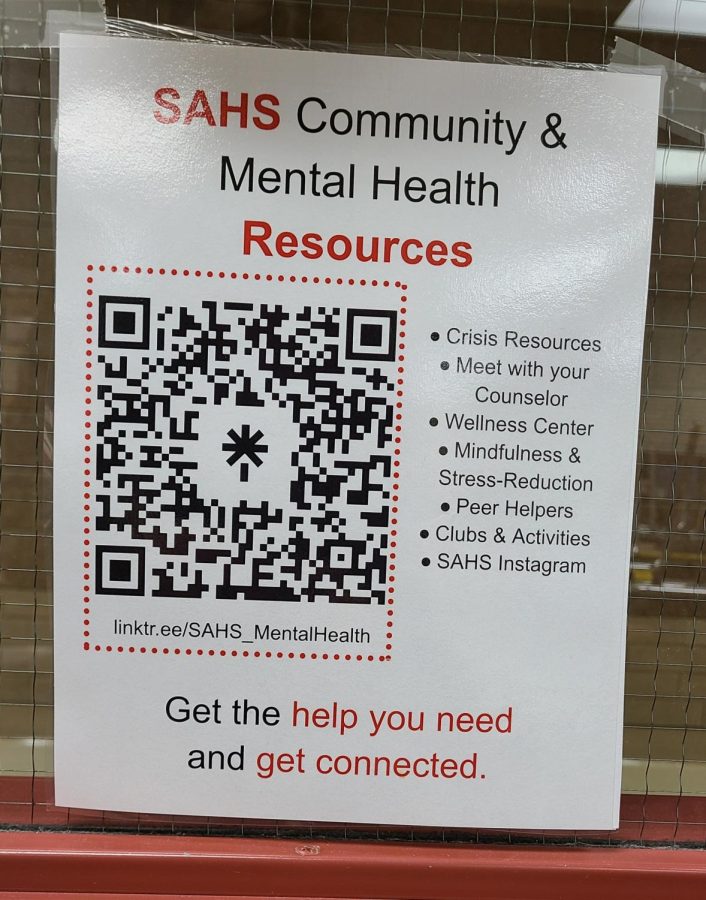
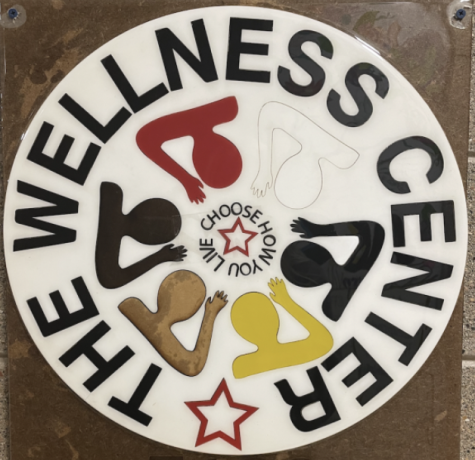

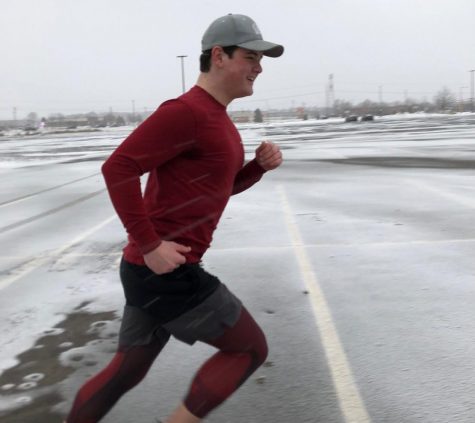

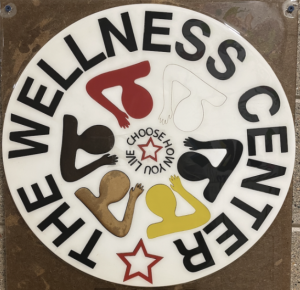
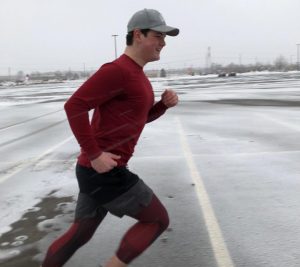
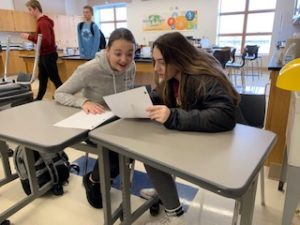
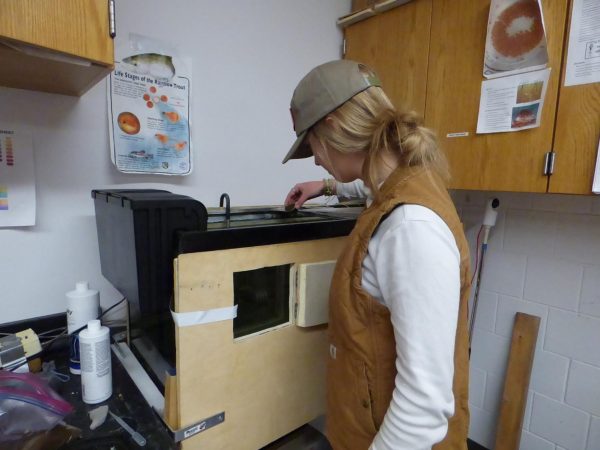
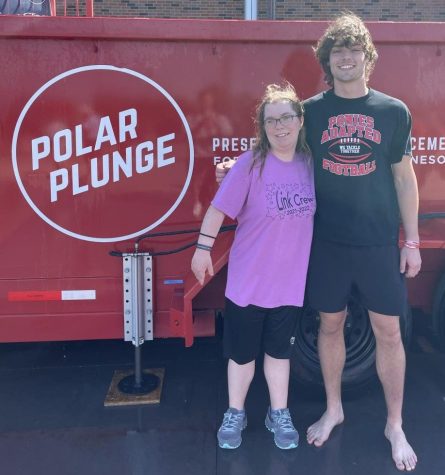
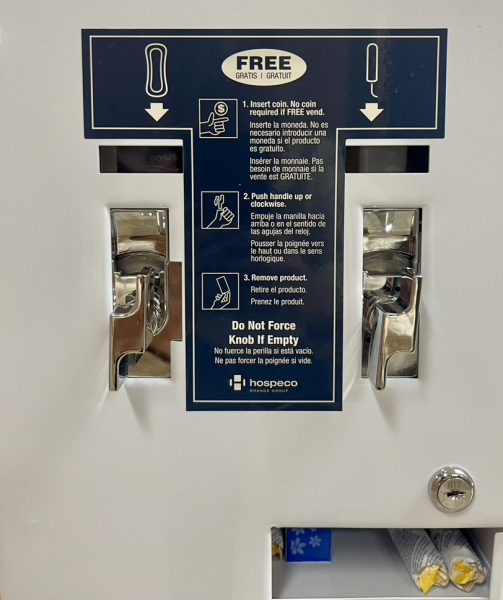

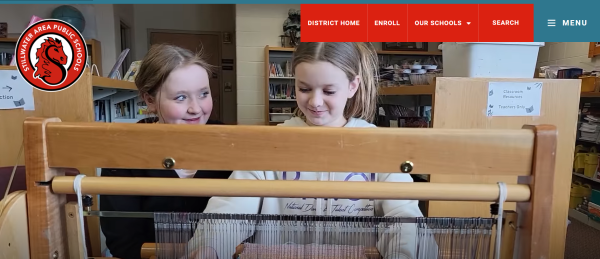
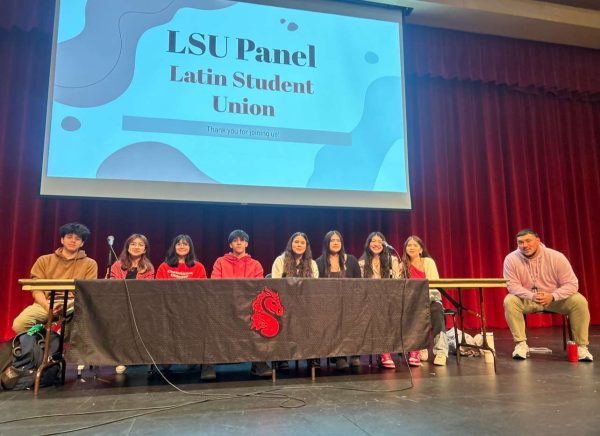
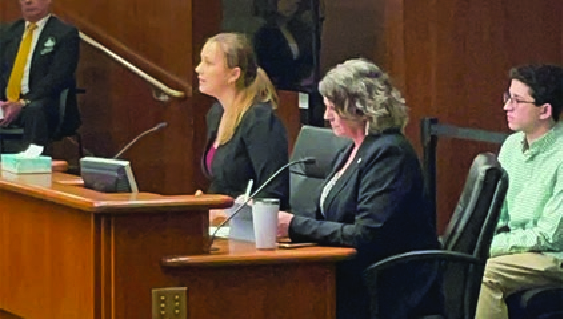
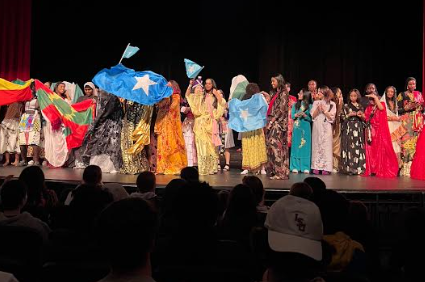
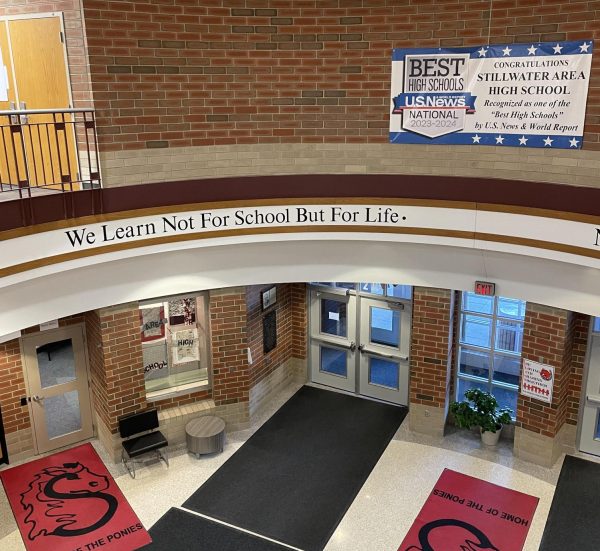
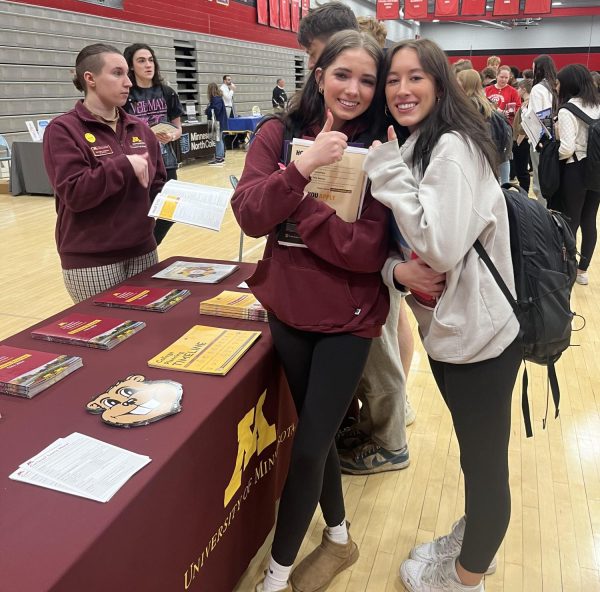
Maya Disher • Nov 30, 2022 at 7:48 am
I love the “straight to the point” structure of the story. With such a strong topic, you got straight to the point with many detailed facts.
Raye • Nov 28, 2022 at 12:14 pm
So good. so well written. Everything flows into each other, quotes were really great!! The research presented was very clear and contributed to the article in a satisfying way. This is really good!
Olivia Braun • Nov 22, 2022 at 8:22 am
The message of the story is clear and very well written. The quotes and facts add great detail that contribute to the positive impact of this story. The author did a great job in creating an informative and strong article.
Sydney Rodd • Nov 22, 2022 at 7:57 am
I love all of these quotes! They pair well with the facts that you have chosen, which are also very good. You did a wonderful job setting the tone of showing that mental health is real and it should be taken seriously. For your first article, this is amazing. Wonderful job!
Bailey Holmes • Nov 21, 2022 at 7:49 pm
This author did a great job of setting the tone for the seriousness of this subject. It is clear and concise and the word choices are mature. The only thing that I would have maybe checked over again is sentence flow. It’s a little too broken up and there are unnecessary amounts of commas in a few places. But overall, it is well-written and a strong story.
Olivia Williams • Nov 21, 2022 at 7:12 pm
All of your quotes did a very good job at connecting your facts to the feelings of people. Your use of language and the specific facts you chose did a very good job at enabling people to connect to the story and showing people that they are not alone in mental health battles. The story as a whole also proves to people that everyone knows mental health is a prevalent issue and that people are actively trying to help.
Jasmine Allison • Nov 21, 2022 at 9:13 am
This story is very informative on the background and reasoning behind the group. The quotes are very “meaty” and that enhance the storyline very well. There are a few AP style mistakes but overall, for a first issue article, excellent job!
Lavender Schleder • Nov 20, 2022 at 6:25 pm
Even if mental health is a harder subject to talk or write about, the author does an awesome job of hitting some really serious points while still having a positive tone through the article. It is acknowledged that it is a large and apparent issue that needs to be dealt with, but at the same time, they know it’s going to be a slow process. The way it is laid out from beginning to end makes it flow really nicely and is easy to read.
jackson bonneson • Nov 15, 2022 at 8:16 pm
You do a great job of giving usefull facts but also keeping it emotionally appealing. The selection of quotes you used fit perfectly with your story as well really helping to tie it all together.
Garin Warner • Nov 1, 2022 at 6:35 pm
The quote by Jill Rusignuolo is really strong and deep. That was a really good quote to pick because the words make you feel bad and makes you want to try and help.